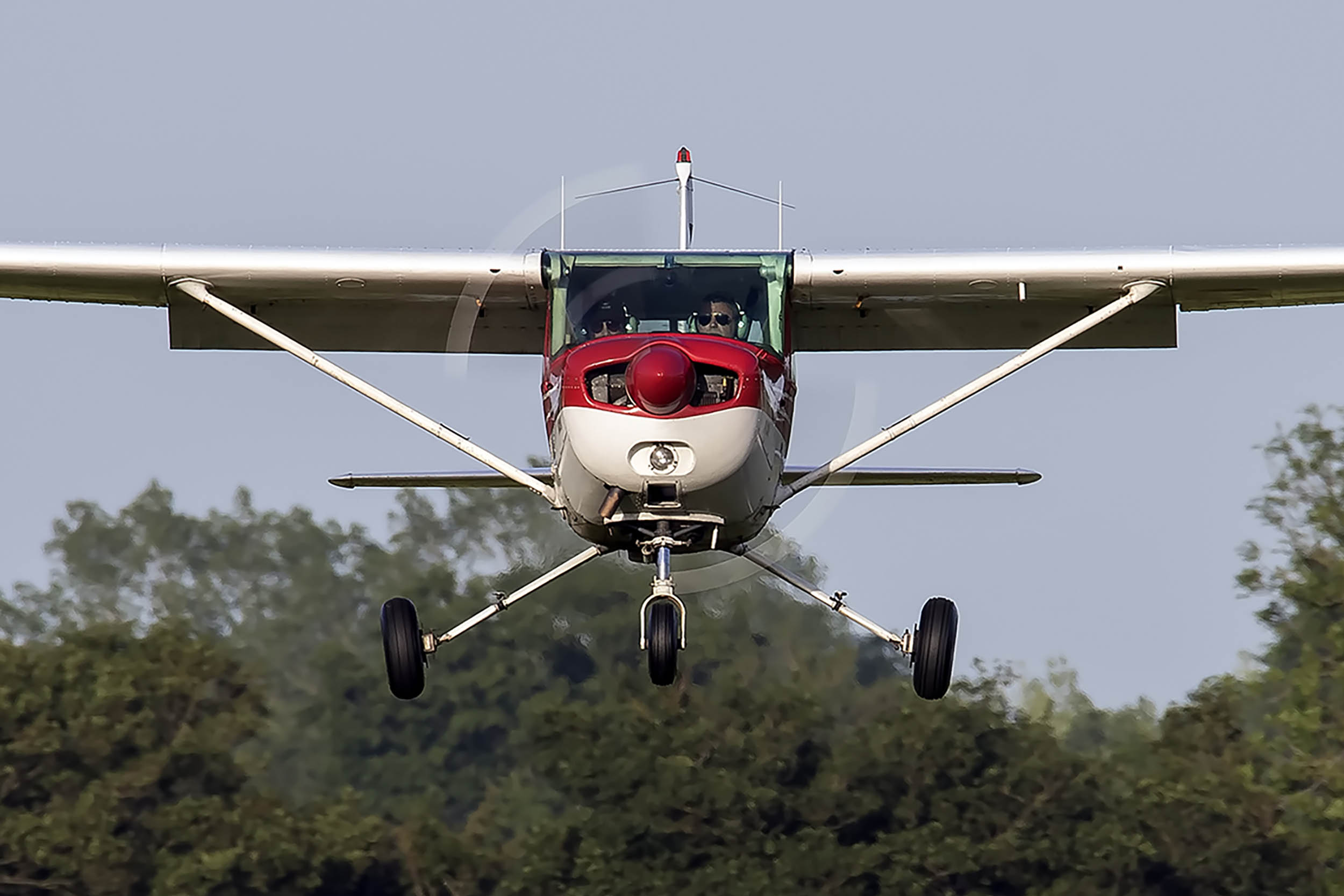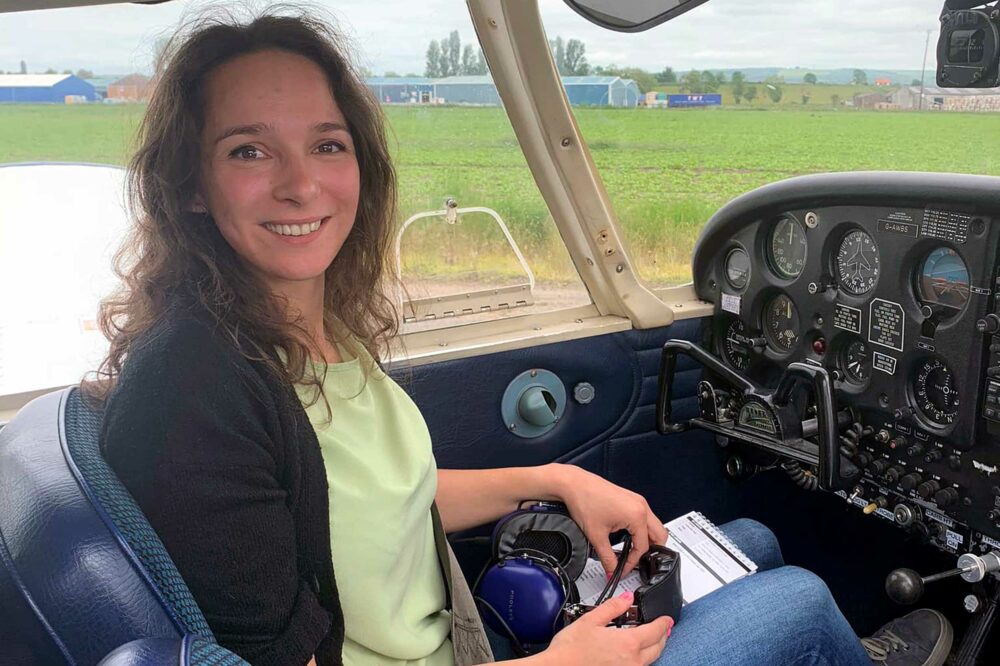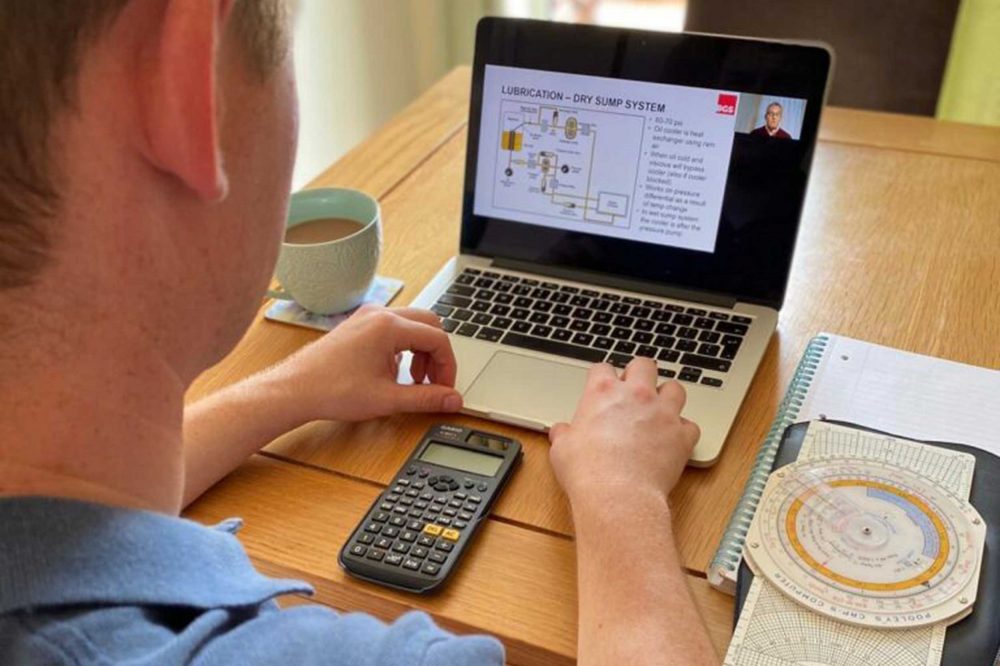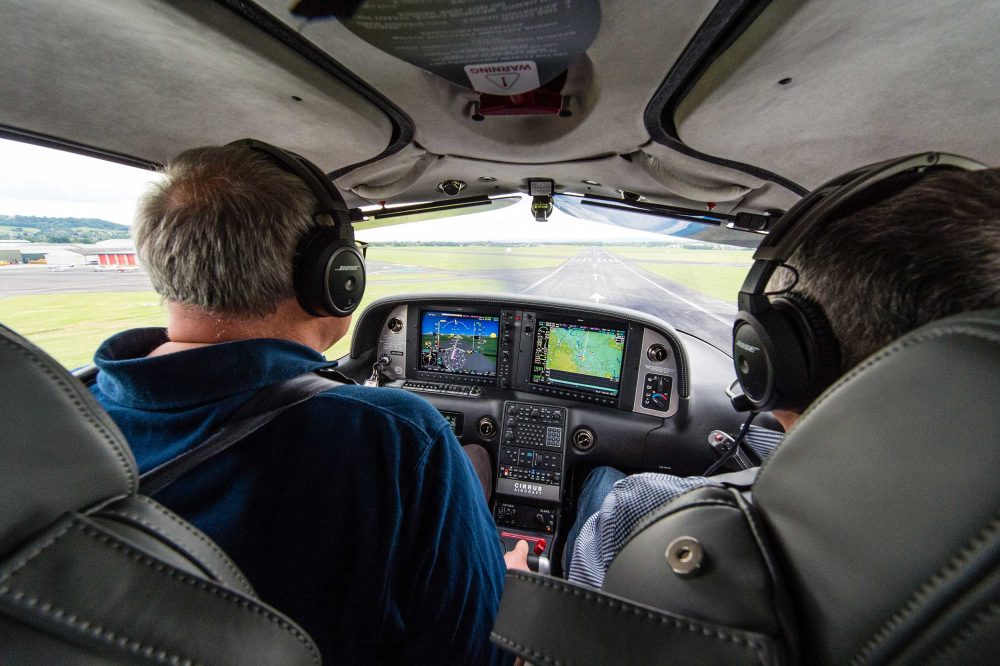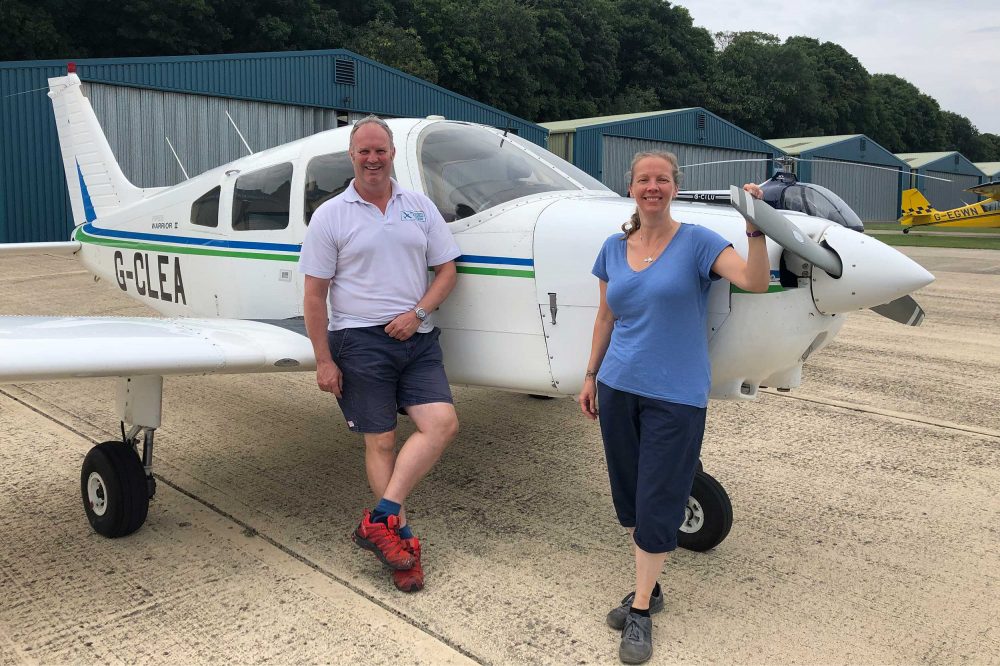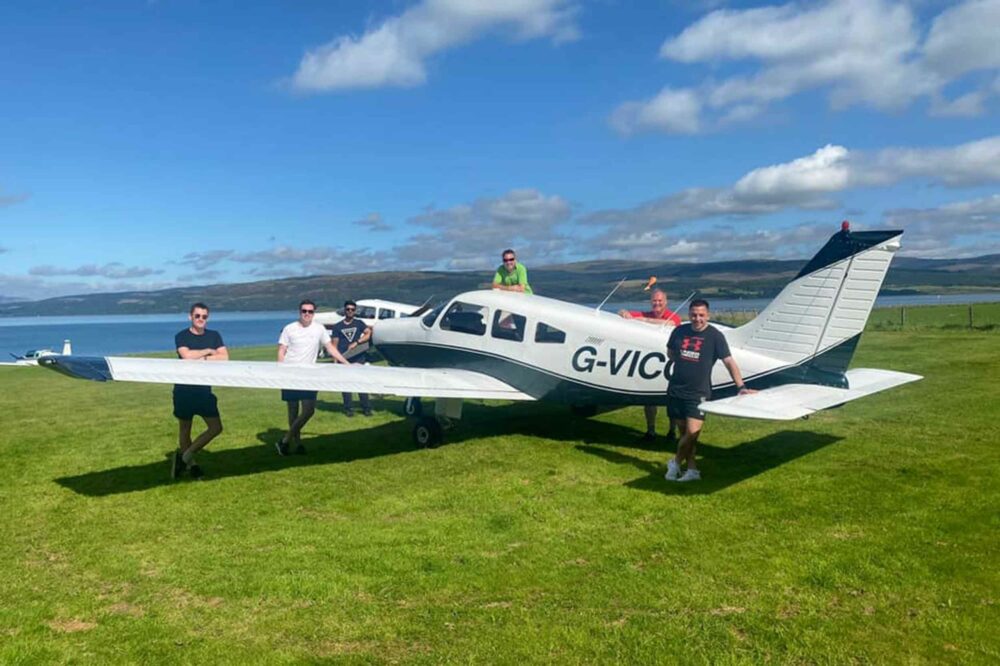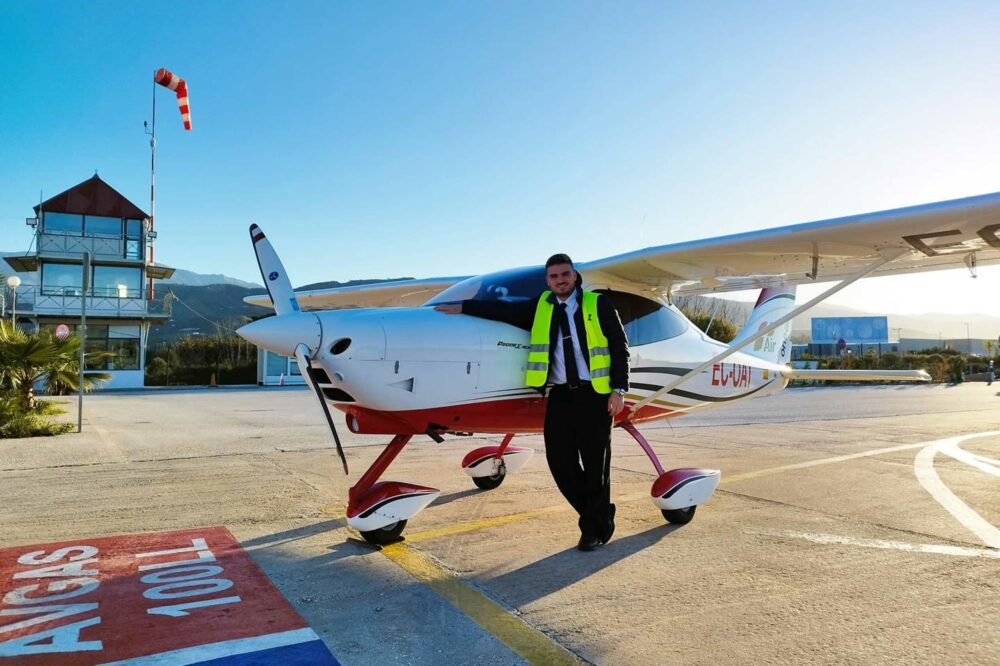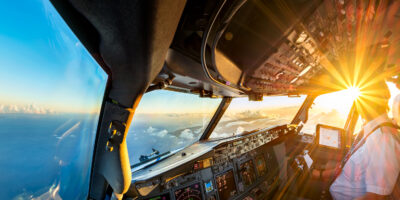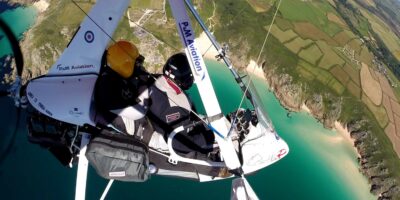Flight training costs
This is where most of your money goes. You’ll need least 45 hours of flight training, including at least 25 hours of dual time and at least 10 hours of supervised solo time. Those are the minimum requirements set by the CAA.
However, is 45 hours a realistic amount? Not really…
It turns out that very few pilots obtain their licence in only 45 hours. The UK national average is somewhere between 55 and 60 hours. Malcolm Montgomerie, Head of Operations at MAK Aviation said: “Total time is impossible to forecast as everyone learns at a different rate. All I can say is that no-one does it in 45 hours.”
That indeed means that those attractively priced PPL-packages, which are always based on only 45 hours of flight training, aren’t what you’ll be paying if you need 10, 20 or perhaps even 30 hours more than the minimum until you’re ready for your skills test… That’s the reason why, even when choosing such a package, you should also look at the flight school’s hourly rate.
What does an hour of flight training cost?
What’s the price of an hour of flight training? Two factors affect the cost: type of aeroplane you’ll be flying and the location. This can range anywhere from £180 per hour in a Piper PA-38 at Liverpool’s Ravenair flight school to £299 per hour in a similar PA-28 at GoFlyOxford. It all depends on the flying school as well as on the type, age, and fuel use of the aircraft you’re training in.
Obviously, training in a two-seat Cessna 152 will be cheaper than a four-seat Piper PA-28 or a Robin R3000. Differences soon add up: a Cessna 152 (or the earlier 150) might ‘only’ be £20 an hour cheaper than a four-seater Cessna 172, but with 50 hours of PPL training that’s £1,000 you’re saving, just by choosing a different aircraft.
Don’t forget to double-check what exactly is included in the hourly training rate – and when the clock starts ticking. Is it when the prop starts spinning? Or at take-off? Is it an hour from brakes off to brakes on? Are you charged on tacho time? Do you pay for taxi time? What about the pre- and post-flight briefing? This is especially worth checking with schools that divide their flight training into a price for airplane rental and a price for instruction.
Landing and touch & go fees
Got your hourly rate all clear? Then let’s see what else you might need to pay during training. Such as landing and/or touch & go fees. At some flight schools, these fees are already included in the costs of flight training or in the club membership. However, in other cases they’re charged separately. Landing and touch & go fees vary depending on the airport and the aircraft’s max weight.
At some airports you’ll pay the same whether it’s a landing or a touch & go, others have different fees, and discounts for subsequent landings.
Some examples: at Solent Airport you’ll pay £13 per landing and £6.50 per circuit. At Cambridge Airport, the landing fee is £22.27 and the touch & go £11.13. At Brighton City Airport (Shoreham), it’s £23.40 per landing and £12 per circuit.
More extravagant landing fees include those at Liverpool John Lennon Airport (£45.90) and London Biggin Hill Airport (£55 per landing). Seeing as you’ll easily do around 50 landings and 100 touch & go’s in your PPL training, these fees add up rather quickly. Do realise that even if all landing fees are included at your chosen airfield, you’ll still have to land away for your cross-country flying.
Fuel surcharges
Because of rising fuel prices, some flight schools add a separate fuel surcharge to their rates. This depends on the school and aircraft and is usually done per hour. For example, Almat Flying Academy, currently has a fuel surcharge of £25.55 per hour.
Since they depend on fluctuating fuel prices, fuel surcharges are subjected to change – make sure to check the most recent surcharge with your flight school. Instead of adding a fuel surcharge, some flight schools have just increased their hourly rates to make the numbers work.


